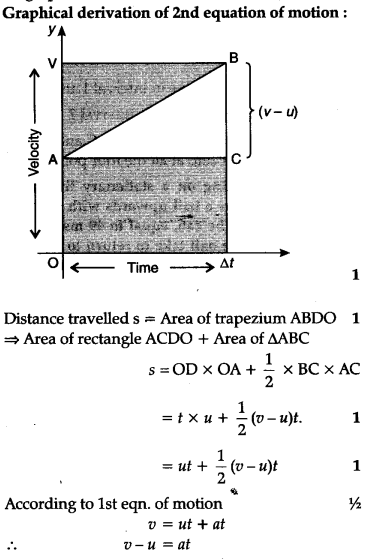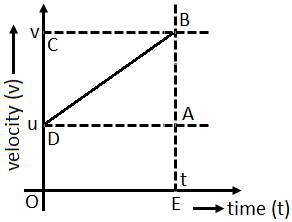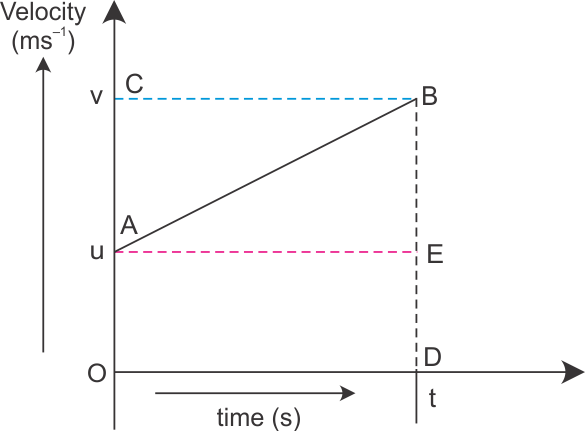Supreme Derive The Second Equation Of Motion

That is a force whose magnitude at any point P other than the origin depends only on the distance from P to the origin and whose direction at P is parallel to the line connecting P and the origin as indicated in Figure PageIndex1 for the.
Derive the second equation of motion. Third Equation of Motion. Follow the statement I said in italics. The subsequent are the 3 equation of motion.
Second Equation of Motion. In this derivation we will find our required equation using the velocity-time graph. U Initial Velocity.
It is the equation that relates the displacement of the object moving under constant acceleration. Which is called the second equation of motion and is the relation between displacement Sinitial velocity utime interval t and acceleration a of the particle. Well now study the motion of a object moving under the influence of a central force.
DistanceInitial Velocity Time 12acceleration time 2. The distance traveled by moving body in time t is S then the average velocity v u2. Let in the given time t the distance covered by the moving object s The area of trapezium ABDOE.
In this article we will derive the second equation of motion by graphical method. Derivation of second equation of motion by graphical method. Distance s Area of ΔABD Area of ADOE.
Asked by Topperlearning User 13th Jan 2016 0505. From the graph above we can say that Distance travelled s Area of figure OABC Area of rectangle OADC Area of triangle ABD s frac 1 2ABtimes BD OAtimes OC. The distance covered by the body is SThe acceleration of the body is represented by a.













